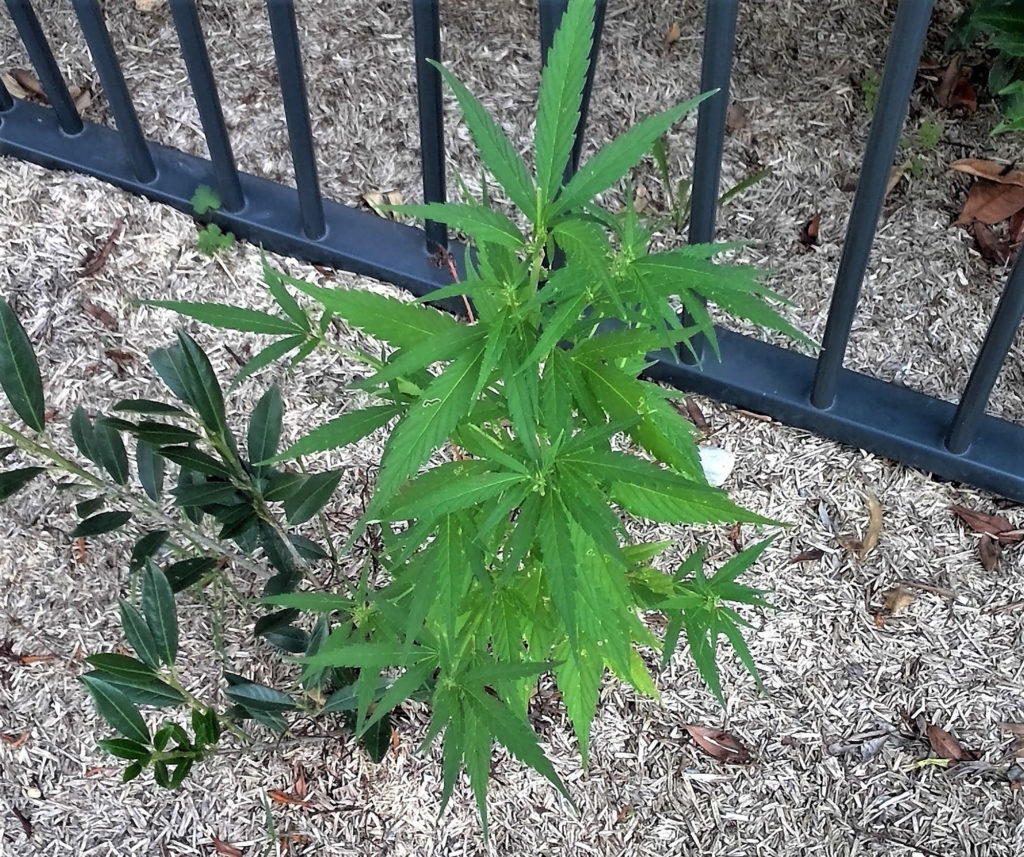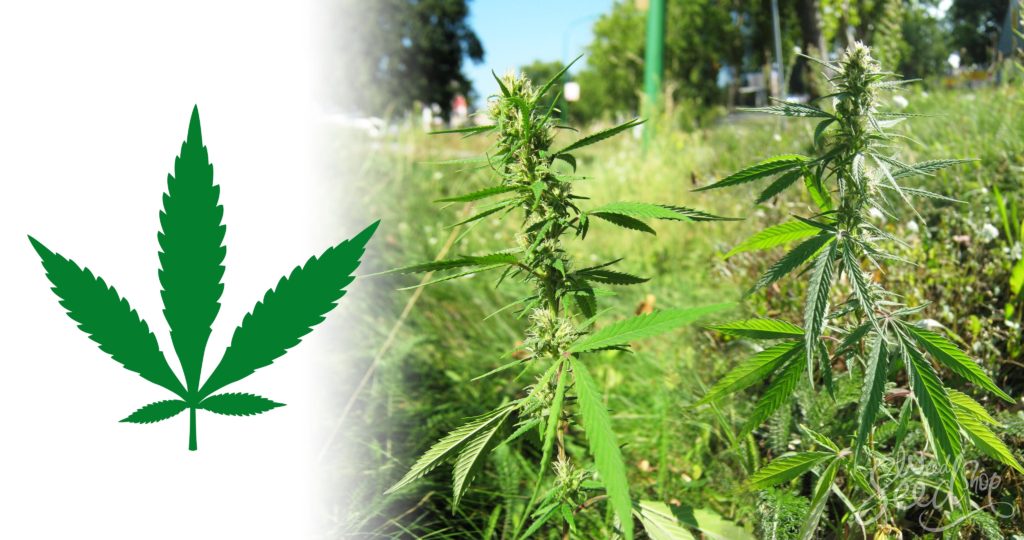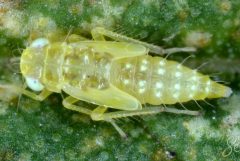For the regular cannabis user, there are only two kinds of weed: indica and sativa. But there is, in fact, a third, lesser known and lesser spoken about sub-species of cannabis called cannabis ruderalis. Although it isn’t famous among consumers, it is used often by breeders for its special qualities. To learn more about this sub-species of cannabis, keep reading this article.
Have you ever showed up to a dinner party that consisted of your best friend, his/her boyfriend/girlfriend and… you? That’s kind of how cannabis ruderalis shows up to the party. It’s like that friend that often gets overlooked because they’re easy to forget when they’re not around. But when you finally get to see them, you remember how valuable that friendship is!
Most of us are familiar with the more popular kinds of cannabis, such as cannabis sativa and cannabis indica. In fact, there’s probably a lot of cannabis users out there who have no idea what cannabis ruderalis is. Is it a different kind of cannabis or is it just a subspecies? Even botanists don’t know how to answer this question.
Ruderalis has quite an interesting history. And although there aren’t many ways to use ruderalis for making cannabis products, it has valuable applications in breeding programs.
Modern nomenclature

There are many references to cannabis sativa and cannabis indica in historical and scientific text.
They generally correspond to what we now know as indica and sativa strains, differentiated by their topography and geographical location. The man behind the modern taxonomy of cannabis is Richard Evan Schultes, botanist and professor at Harvard University in the ‘70s.
Modern botanist, John McPartland, suggests that Schultes got it all wrong. In a genetic mission to discover whether all three kinds of cannabis were different species or not, he decided that Schultes had misidentified the varieties of cannabis.
McPartland suggests that the correct sub-species of cannabis are:
- cannabis indica (originating in India)
- cannabis afghanica (originating in Afghanistan) and
- cannabis ruderalis (what McPartland thinks people are referring to when they say cannabis sativa)
Don’t let that add any confusion. In any case, when we talk about ruderalis, we’re talking about that strange third wheel that doesn’t quite make it to dispensaries.
In fact, it gets its name from the Latin rudera, which translates into English as ‘rubble’. And it gets this name because of its weed-like qualities and its ability to live in extremely harsh and unforgiving climates. In botany, ruderal species of plants are generally the first kinds to show up after some kind of environmental disaster, such as a flood or mining.
How is c. ruderalis different?

As we spoke about already, ruderalis is a subspecies of the cannabis plant, rather than an entirely different species. It is still considered to be cannabis, although its application in the practical world is different than what we would expect.
Ruderalis plants only grow to be 60 cm to 1 metre tall. Unlike their cannabis counterparts, they don’t feature a very high THC content, but rather carry bigger volumes of CBD. The fan leaves of ruderalis are considerably different to what we are used to seeing, featuring 3 main leaves rather than 5 or 7.
This species of cannabis originates in Russia, which is also why it is immensely resilient, even in the presence of extreme weather conditions. It has also been found growing in the intense climates of the northern Himalayas.
Now, this kind of cannabis doesn’t grow to be very big and it’s basically zero when it comes to psychoactivity. So why does anybody have a reason for ruderalis?
The automatic gene
While there is no real expectation for long summers in the birthplace of ruderalis, the hours of daylight can be extremely long – 20-22 hours!
These very strange environmental conditions didn’t just create a sub-species of cannabis that is very strong and resilient. These conditions also created the perfect setting for a gene that breeders have come to love: the automatic gene.
In the normal environment, cannabis plants need some signal from the lighting schedule to let them know it’s time for flowering. This happens as a response to the arrival of winter, giving the flower instructions to bloom before the winter sets in.
The presence of extremely long daylight hours in some parts of Russia means that for ruderalis, this instruction is unnecessary. It will begin flowering without the alteration to the light schedule.
This very unique quality of the ruderalis plant has been selected by breeders and interbred with desirable genetics from sativa and indica. Automatic (or autoflowering) strains of cannabis are loved for home cultivation because they don’t take up much space and can be harvested around 8 weeks after planting.
While there is no real psychoactivity to be taken from ruderalis, nor does it grow tall for its fibres, the genetics are valuable for hybridization. This is especially true for the modern age of home cultivation. Even though it is often overlooked and somewhat forgotten in the sub-species of cannabis, ruderalis has an important job for breeders.










Hi I am interested in having a plant where can I get the seed or a small plant.
Hi Melly, great question! We don’t sell any pure ruderalis strains, but all our autoflowering strains contain ruderalis genetics. If you want to know if we ship to your country, you can check out this page. Hope that helps!
This was informative. I’m currently growing two outdoor plants and the one i have in the ground i have always wondered about. Clearly it is a ruderalis strain after reading this article. Very interesting to say i’ve been able to grow a rare plant from seed and not knowing it’s history/origin.